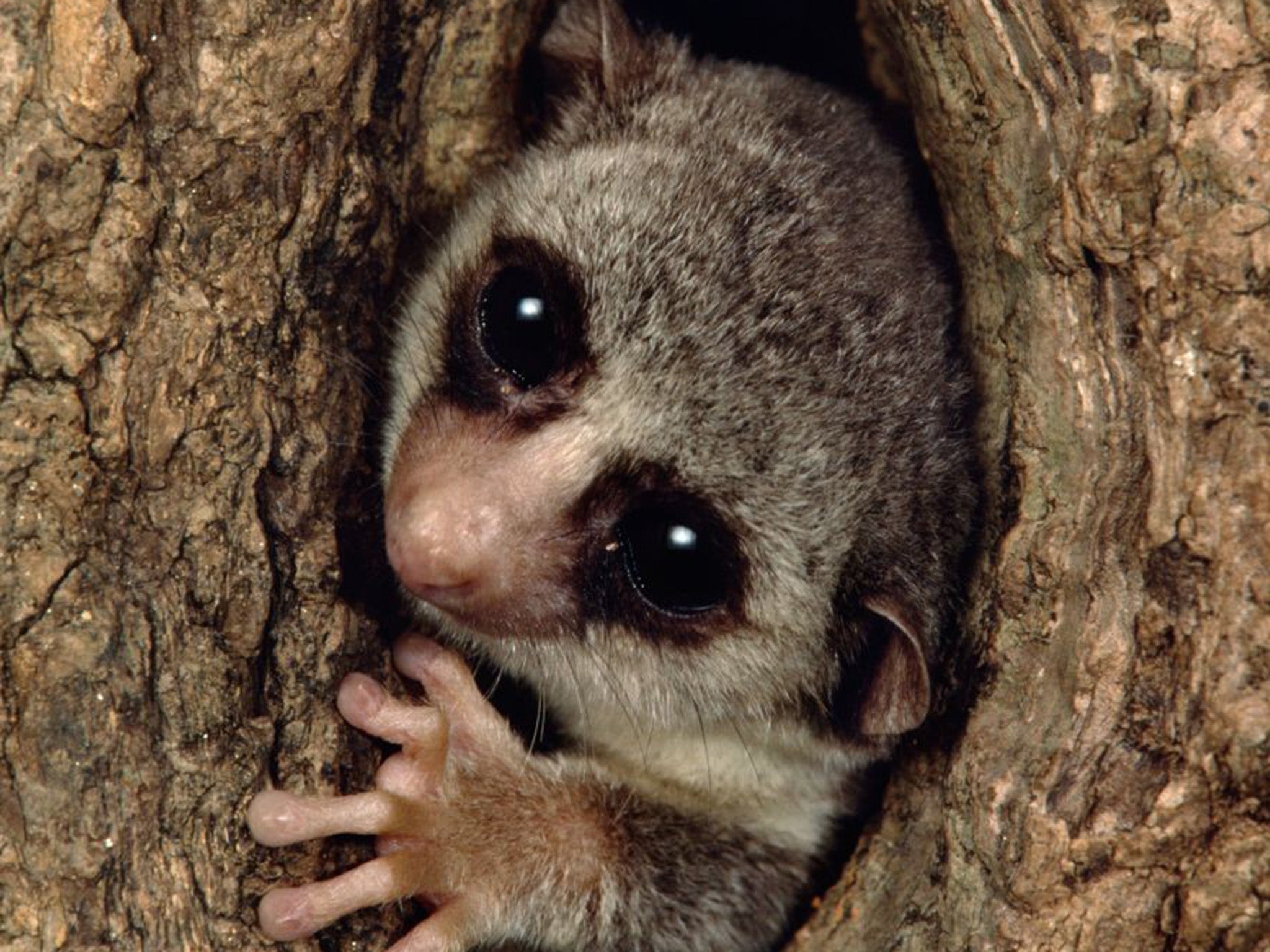Madagascan lemur 'could hold secret to human hibernation and mankind's chances of exploring universe'
Researchers exploring ways to put astronauts into stasis, using knowledge gained from mammals, including bears and dwarf lemurs

The Madagascan fat-tailed dwarf lemur could hold the secret to human hibernation and mankind’s chances of exploring the deepest reaches of the known universe, according to a team of top neuroscientists.
Vladyslav Vyazovskiy, a Ukrainian neuroscientist, says harnessing the power of hibernation is vital if humans are to venture beyond our solar system.
Interest in suspended animation, the ability to set biological processes on hold, peaked in the 1950s as Nasa poured money into biological research. The hope was that sleeping your way to the stars would mean spacecraft could carry far less food, water and oxygen, making long-haul flights to distant planets more practical. It would also save astronauts from years of deep-space boredom.
Nasa’s interest died at the end of the space race, but Mr Vyazovskiy and his team of researchers at the University of Oxford are now exploring ways to put astronauts into stasis, using knowledge gained from mammals, including bears and dwarf lemurs.
“A journey to our nearest planet, Mars, would take around eight months using current technology. If we one day hope to visit another star system, even if we could travel at the speed of light, the journey would take years. Being able to go into a state of long-term torpor would make such distances considerably less tedious for the astronauts and conserve vital resources,” said Mr Vyazovskiy.
“The fact that large mammals such as bears and even primates, such as the fat-tailed dwarf lemur of Madagascar, can hibernate means that theoretically humans aren’t too big or energy-hungry to enter torpor.”
Mr Vyazovskiy’s team, part of a European Space Agency programme, say that despite some “open questions” over human hibernation it is theoretically possible to put astronauts in stasis for long periods. They point to the wide use of controlled hypothermia and slowed metabolism in medicine, including during cardiac surgery when the body is cooled below its normal temperature, as a possible avenue to perfecting the technology.
However, to take hibernation to the stars they admit they will need to better understand how and why animals spontaneously hibernate for a few hours or many months. Animals seem to “know” how to hibernate safely.
Scientists also need to overcome the devastating effect of cold on the brain’s ability to retain memories. “Research in animals such as bats shows that most memories are preserved even after many months in a state of almost complete neuronal depression. But some memories seem to be taken better care of than others, such as the ability to remember close kin,” said Mr Vyazovskiy, in an article for The Conversation website.
Dr Lewis Darnell, an astrobiologist at the University of Kent who is funded by the UK Space Agency, told The Independent: “The genes for hibernation exist in the mammalian body; the trick for researchers is to learn how to reprogramme the human body to access this capability.”
Hibernation habits: What animals can do
Many hibernating animals eat a lot during the summer, creating fat stores that will last throughout the winter.
Bats remember far more than other animals after hibernation, due to an unknown neuroprotective mechanism.
After hibernation, animals are more likely to recognise family members than familiar, unrelated animals.
The arctic ground squirrel sets its internal temperature to 0°C when it hibernates.
Bears neither urinate nor defecate during hibernation, but recycle nutrients from their waste. Their heart rates drop from 55 beats a minute to as low as nine. A female can give birth, the cubs feeding on her milk till she wakes.
Join our commenting forum
Join thought-provoking conversations, follow other Independent readers and see their replies
Comments